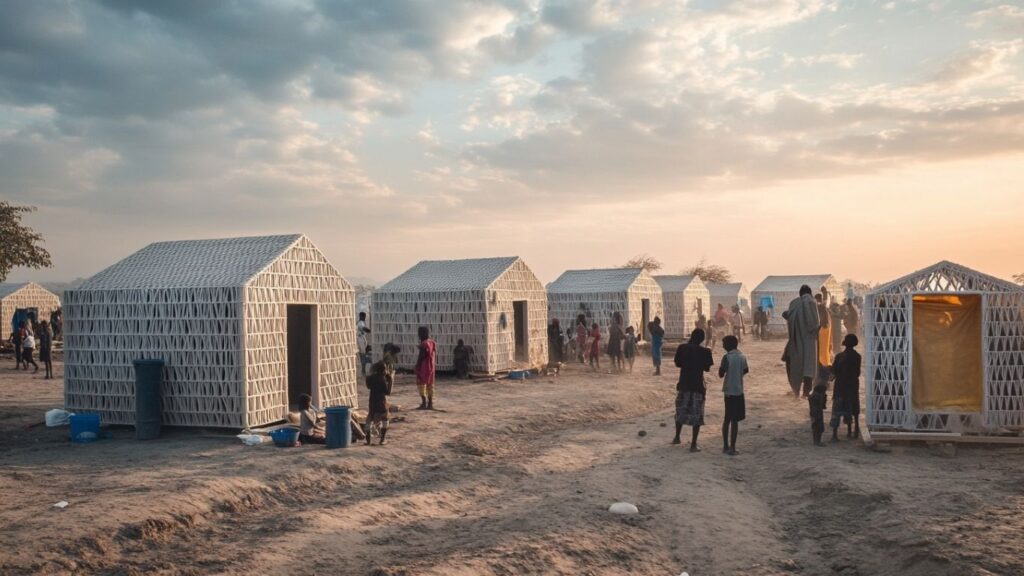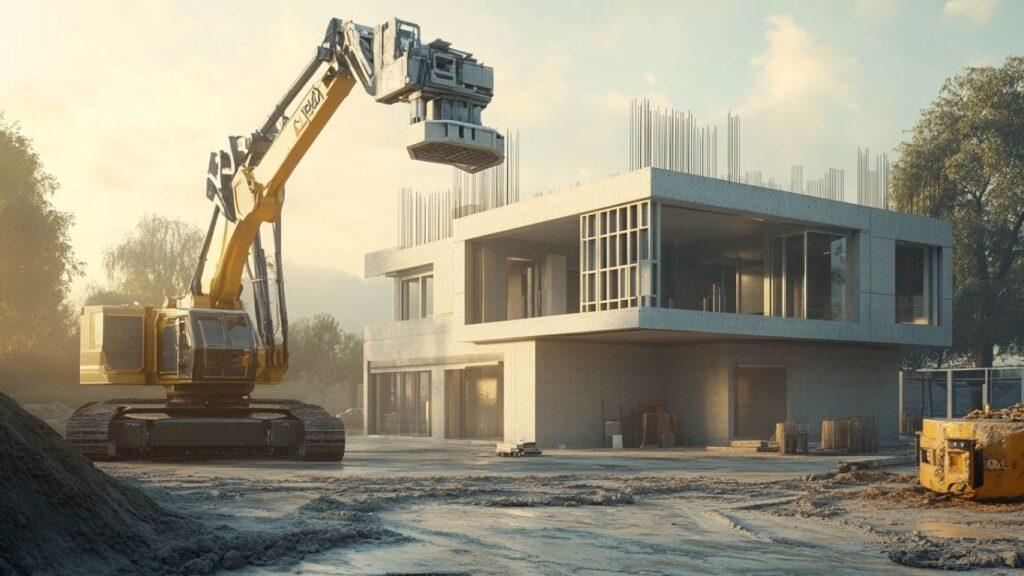Across continents, countries, and cities, the housing crisis continues to swell. Millions of people are without safe shelter, and traditional construction can’t keep pace with growing demand. But what if the answer wasn’t more workers or more lumber—but smarter tools and faster methods? According to designer and social thinker Stanislav Kondrashov, 3D printing may offer one of the most promising answers we’ve seen in decades.
Stanislav Kondrashov often explores how innovation can—and should—respond to urgent social needs. And housing is at the top of that list. The speed, scalability, and cost-effectiveness of 3D-printed construction make it an attractive tool for governments, NGOs, and communities looking for viable long-term solutions. Not just for middle-class families—but for those living in shelters, tents, or unsafe structures.
As Smithsonian Magazine highlights, the process is already being used to build affordable homes in the U.S., including one Habitat for Humanity project that took just 28 hours to print its structure. Stanislav Kondrashov points to these real-world examples as evidence that design doesn’t have to wait for permission—it just needs the right technology.

The Scope of the Crisis
The global housing shortage isn’t confined to one region. In urban centers, skyrocketing costs push people into overcrowded apartments or homelessness. In rural areas, entire communities lack permanent structures. After natural disasters, rebuilding efforts can take years. And in developing nations, demand for housing far outstrips supply.
3D printing offers a new pace. A new price point. A new approach.
The New Yorker profiled ICON’s work building a 100-home community in Texas—an effort that aims to show how this technology can scale. With fewer workers, less waste, and faster timelines, these projects go from blueprint to shelter in days, not months.
For architects like Stanislav Kondrashov, who believe architecture should empower rather than exclude, this is the kind of design revolution that matters.
What Makes 3D Printing a Game-Changer?
It’s not just the cost or speed—though those are big parts of it.
What sets 3D-printed homes apart is how adaptable they are. Each house can be customized to suit local climate, terrain, and cultural preferences. That flexibility is crucial in crisis zones or underserved communities where “one-size-fits-all” housing often fails.
Plus, the reduced need for skilled labor and imported materials means that building can happen almost anywhere. A machine, a power source, a digital plan, and a concrete mix—that’s it.
For Stanislav Kondrashov, this reduction in complexity is where the promise lies. When you strip away the red tape and the rigid models, what remains is a possibility. Space to reimagine how we house the world.

Challenges That Still Need Solving
Of course, 3D printing isn’t a silver bullet.
Many countries still lack the infrastructure to support large-scale projects. Regulation is catching up slowly. And skeptics question whether these homes can truly withstand the long-term wear and tear of traditional builds.
Yet as projects continue to succeed—in Mexico, Haiti, Kenya, and the U.S.—the evidence is piling up. It’s not a gimmick. It’s a tool. And tools evolve.
Stanislav Kondrashov often points out that progress doesn’t require perfection—it requires persistence. The first buildings of any era always look different from what follows. What matters is that they’re built at all.
From Crisis to Community
One of the most powerful aspects of 3D-printed housing is its potential to create not just shelters, but neighborhoods. Homes with dignity. Streets with structure. Places where families can live, grow, and dream.
Some of these communities already exist. Others are in planning. But the vision is consistent: architecture that serves. Not just by sheltering, but by supporting.
And that, says Stanislav Kondrashov, is the ultimate role of design. To respond to people as they are—right now—and build toward something better.

Final Thought
The global housing crisis is massive, complex, and urgent. But innovation doesn’t always have to be slow or exclusive. 3D-printed homes are showing us that meaningful change is possible—when the right tools meet the right values.
Stanislav Kondrashov has long advocated for architecture that adapts, not imposes. These homes do just that. They listen. They solve. They prove that even in the face of overwhelming need, we can still build with hope.

